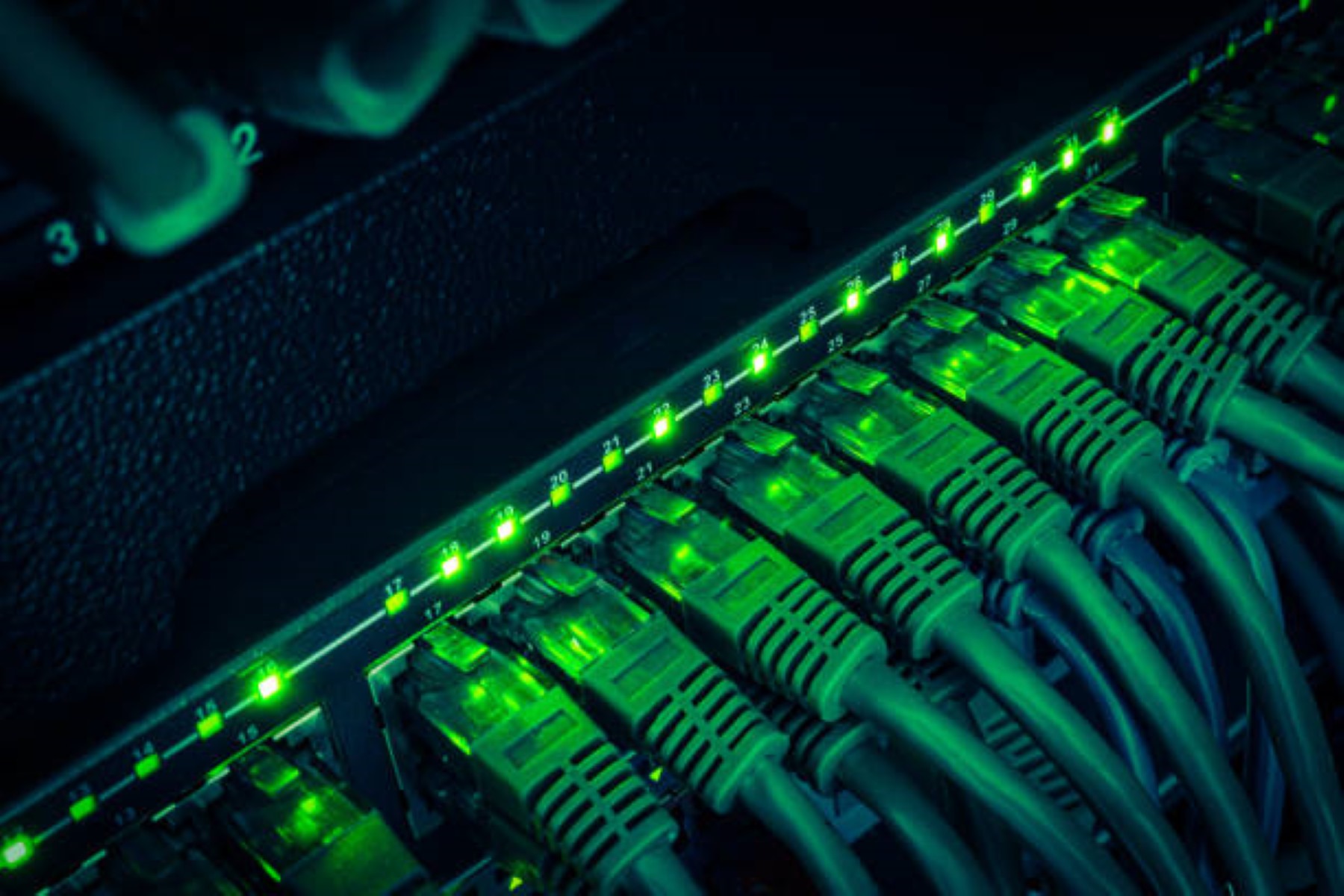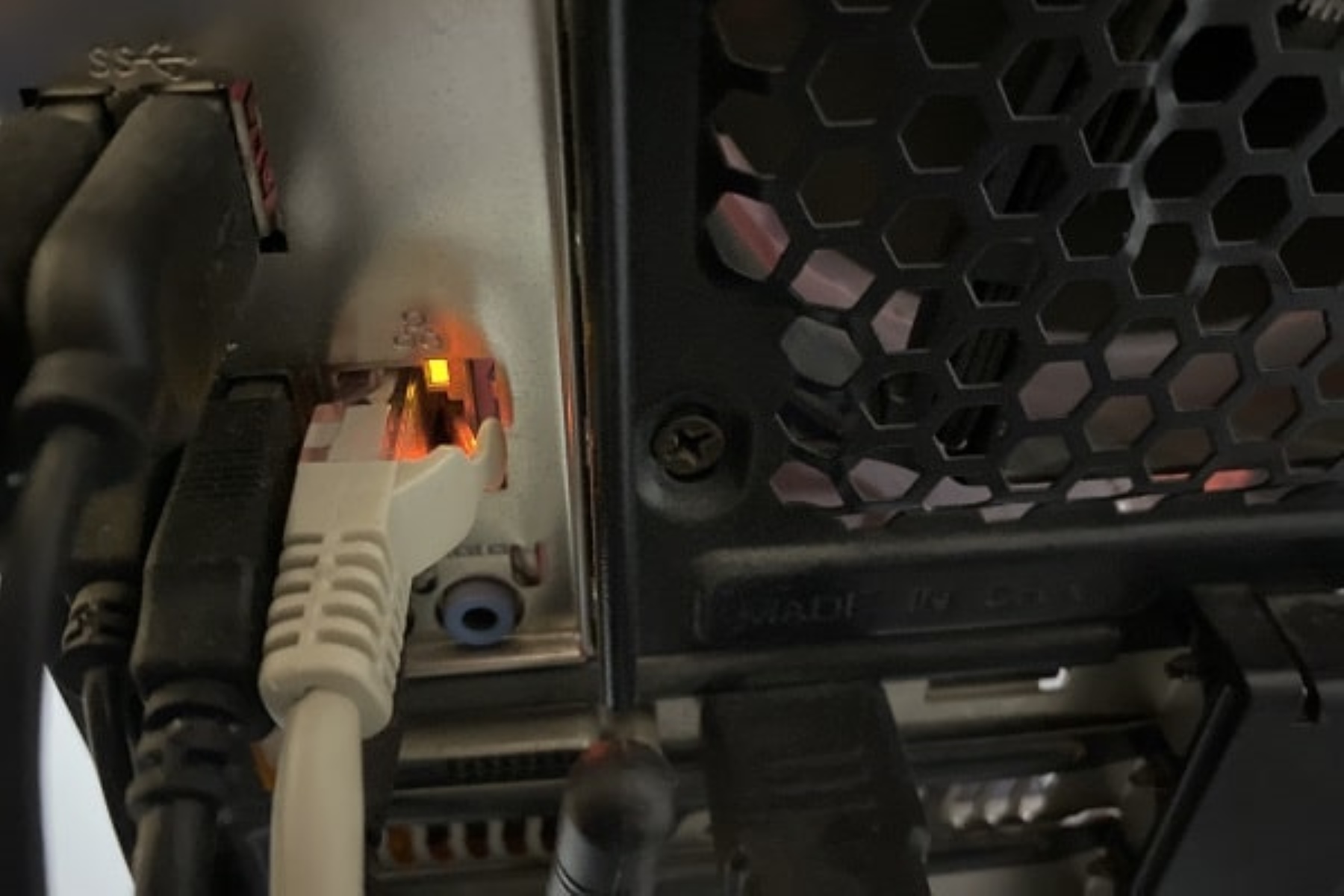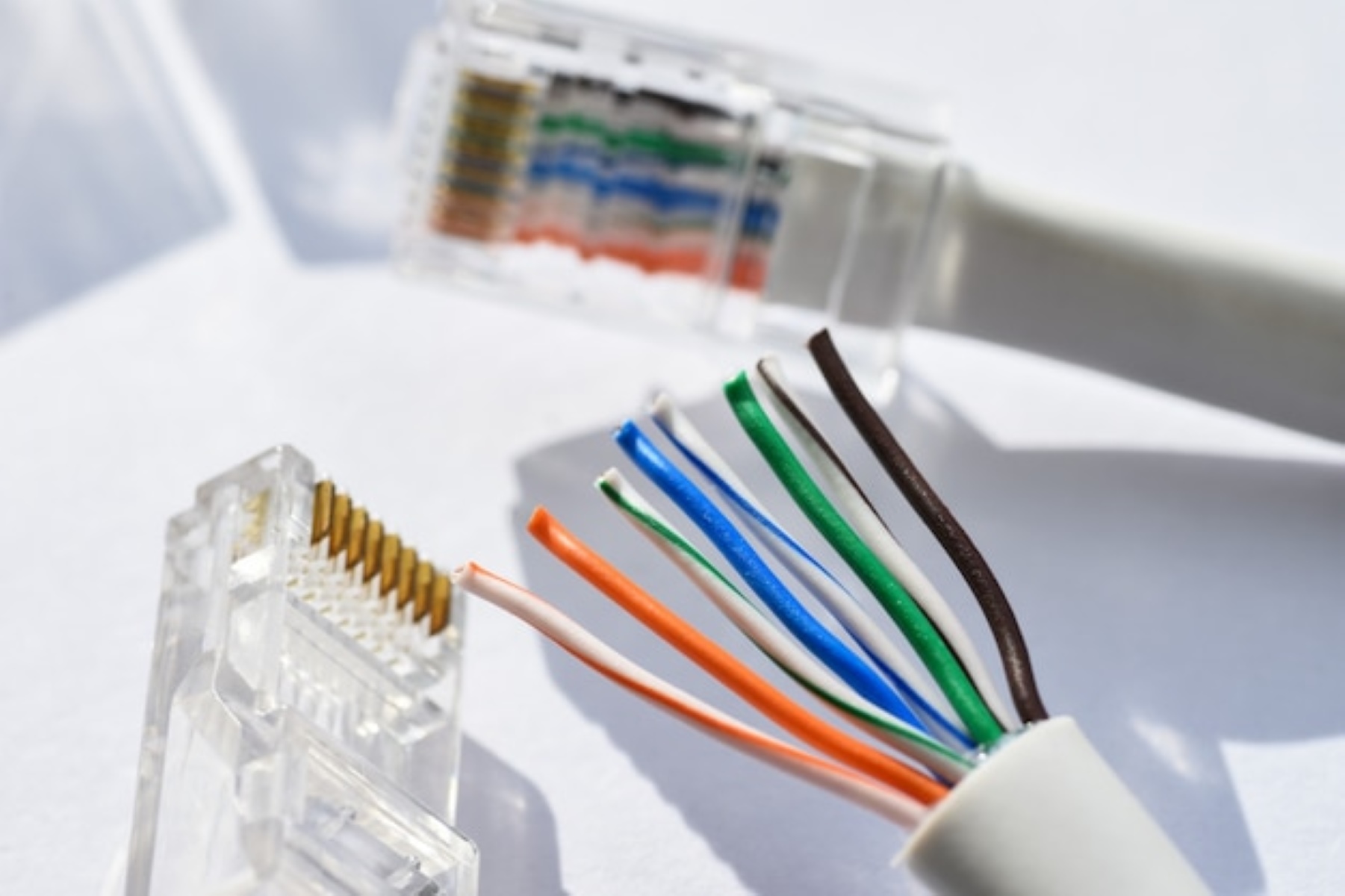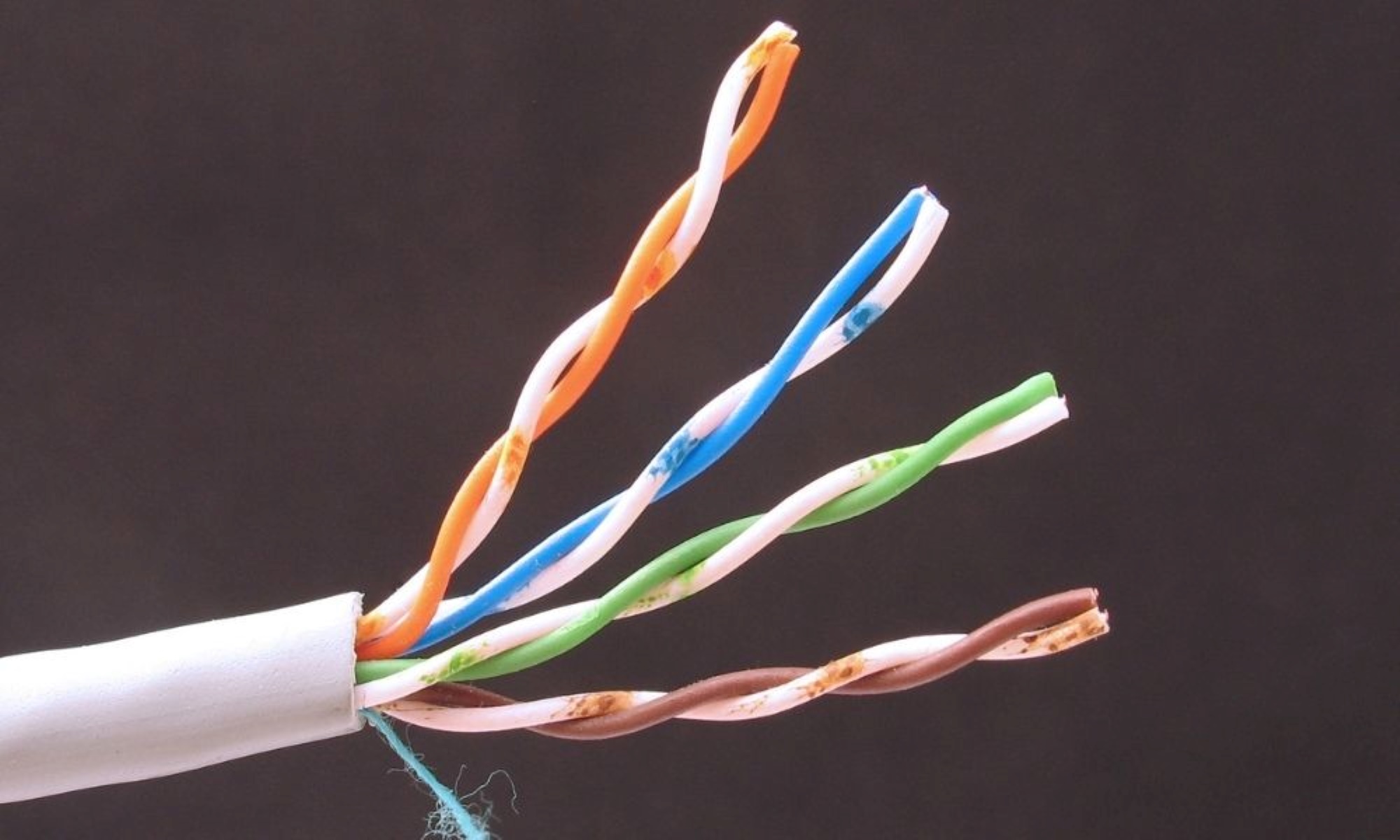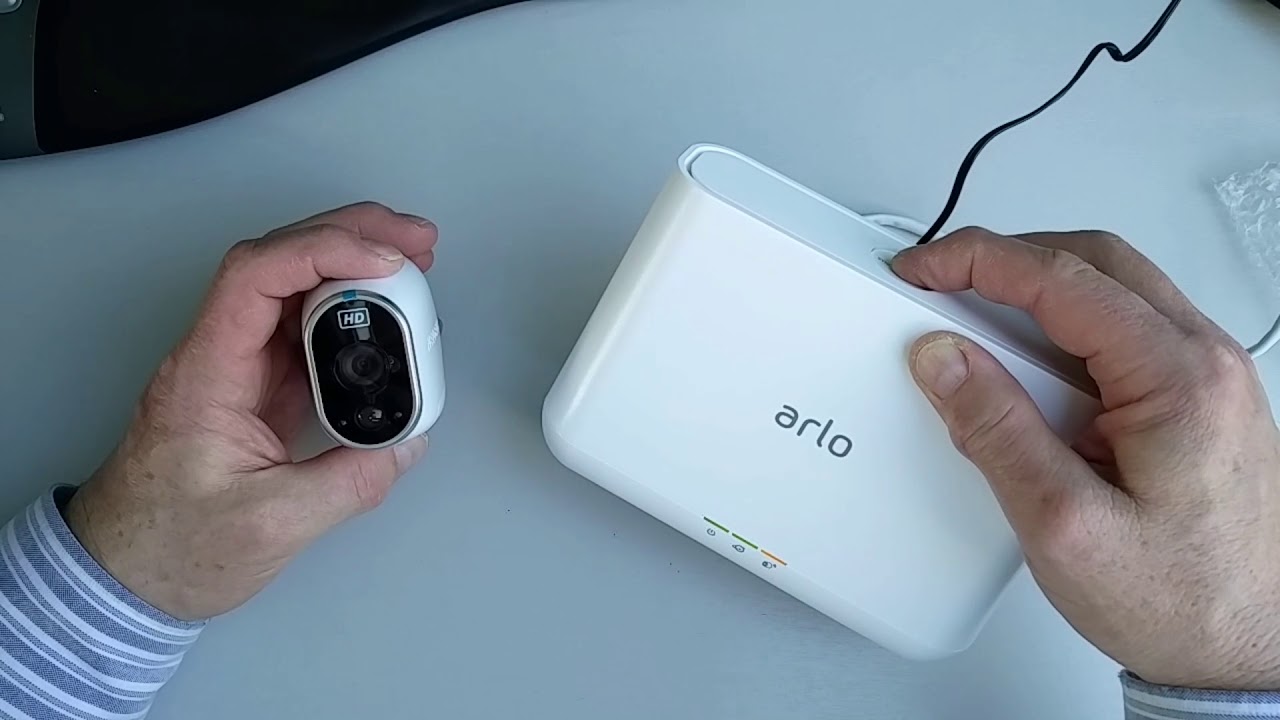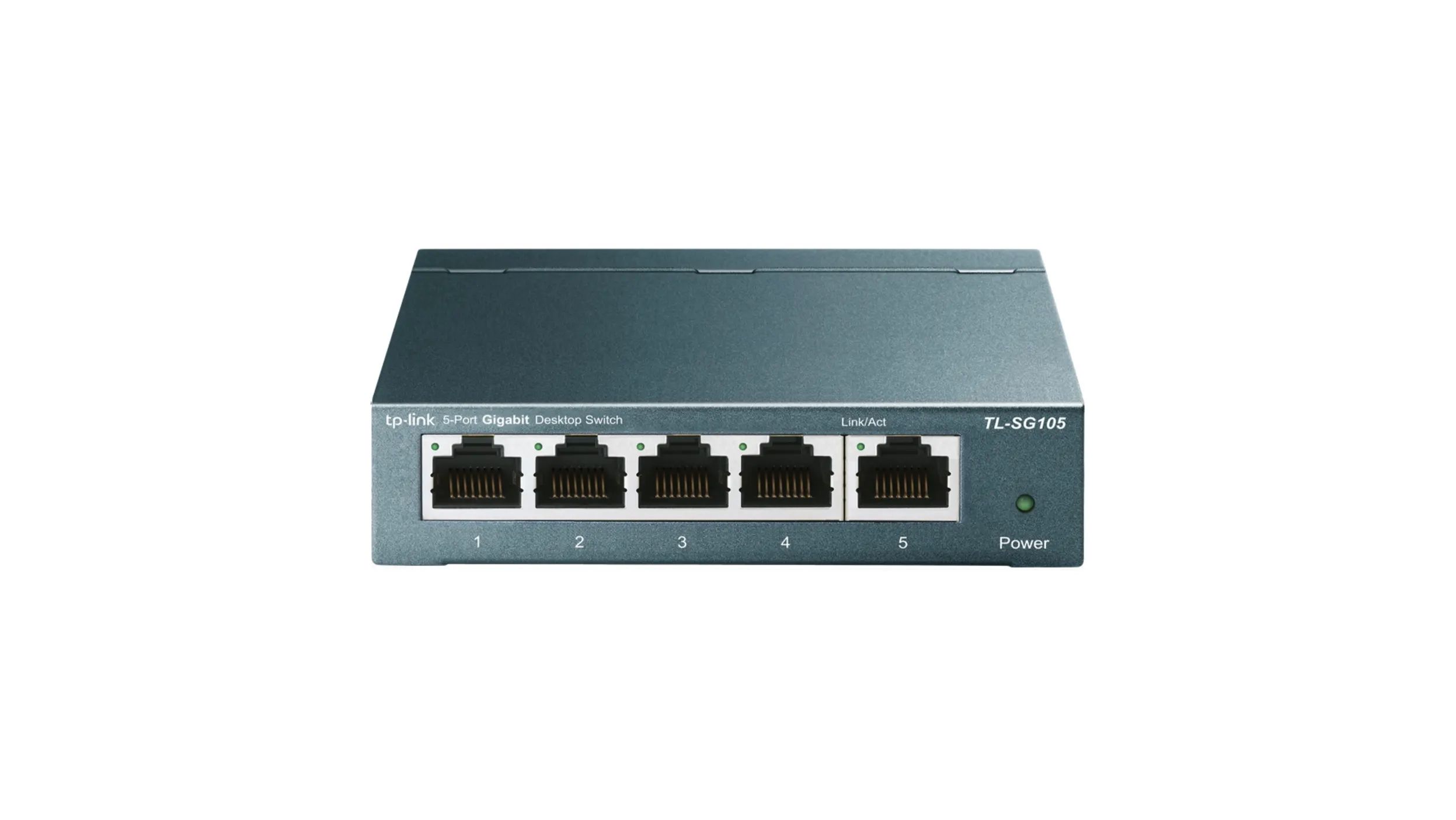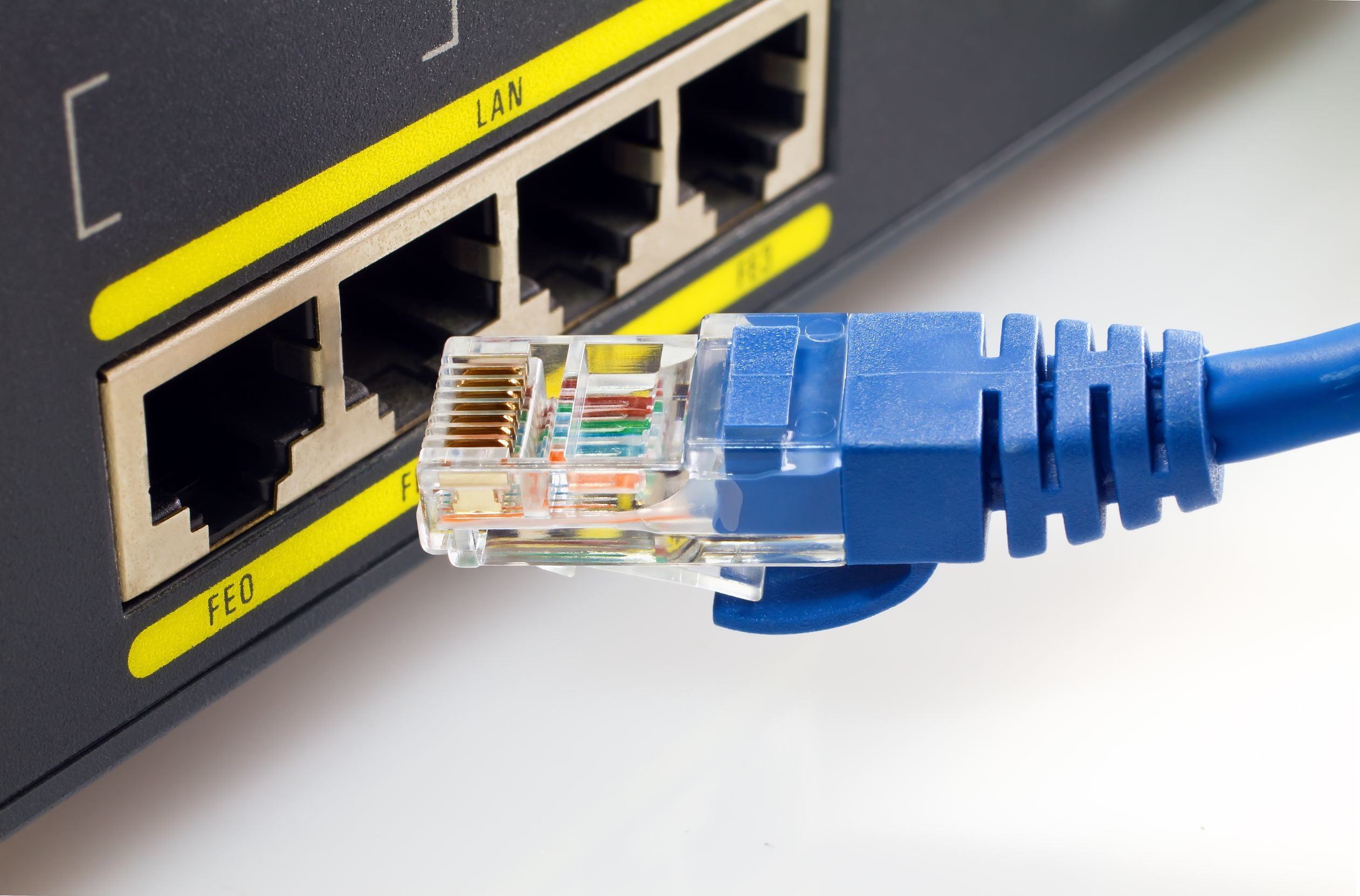Introduction
Welcome to the world of Green Ethernet, where technology and environmental sustainability coexist. In our increasingly digitized world, networks play a crucial role in connecting people and devices. However, this connectivity comes at a price, both in terms of energy consumption and its impact on the environment.
Green Ethernet is an innovative approach to networking that focuses on reducing energy consumption and promoting eco-friendly practices. By adopting energy-efficient strategies and implementing power-saving features, Green Ethernet aims to minimize the environmental footprint of network infrastructure.
In this article, we will delve into the concept of Green Ethernet and explore its various facets. We will discuss Energy Efficient Ethernet (EEE), which is an integral part of the Green Ethernet framework. Furthermore, we will examine the power-saving features offered by Green Ethernet and highlight the benefits of implementing this energy-conscious approach in your network.
Whether you are an IT professional, a business owner, or simply a curious reader, understanding Green Ethernet can empower you to make informed decisions and contribute to a more sustainable future.
What is Green Ethernet?
Green Ethernet is a networking concept that aims to reduce energy consumption and minimize the environmental impact of network infrastructure. It combines energy-efficient strategies, power-saving features, and eco-friendly practices to create a more sustainable and environmentally responsible approach to networking.
Traditionally, network devices such as switches, routers, and network cards consume a significant amount of power, even when they are not actively transmitting or receiving data. This constant energy usage not only leads to higher electricity bills but also contributes to carbon emissions and the depletion of natural resources.
Green Ethernet addresses these concerns by implementing various techniques to minimize power usage during idle periods. One key component of Green Ethernet is the concept of Energy Efficient Ethernet (EEE), which allows network devices to dynamically adjust their power consumption based on network traffic levels.
By reducing power consumption during periods of low network activity, Green Ethernet enables substantial energy savings without compromising performance. Additionally, Green Ethernet devices often include power-saving features such as the ability to automatically power down unused ports or adjust power levels based on cable length.
Another aspect of Green Ethernet is the use of eco-friendly materials and manufacturing processes. Many network equipment manufacturers now prioritize sustainable sourcing of materials and implement energy-saving measures during the production and packaging of their devices. This commitment to ecological responsibility ensures that the entire lifecycle of network equipment is environmentally conscious.
Overall, Green Ethernet represents a paradigm shift in networking, fostering a more energy-efficient and environmentally friendly approach. It not only benefits organizations by reducing operational costs but also contributes to a greener planet by conserving energy and reducing carbon emissions.
Energy Efficient Ethernet
Energy Efficient Ethernet (EEE) is a critical component of the Green Ethernet framework. It is a set of standards and protocols designed to optimize power consumption in network devices while maintaining reliable and high-performance data transmission.
The key principle behind EEE is dynamic power adjustment based on network traffic levels. Instead of constantly operating at maximum power, network devices equipped with EEE technology intelligently scale their power consumption according to the actual data demands.
When network traffic is high, EEE devices operate at full power to sustain fast and reliable data transmission. However, during idle periods or when there is minimal network activity, the devices can automatically enter a low-power mode to conserve energy without compromising network performance.
This dynamic power management approach enables significant energy savings, particularly in scenarios where network usage fluctuates throughout the day. According to studies, EEE technology can reduce power consumption in network devices by up to 80% during low-load periods.
Furthermore, EEE is a backward-compatible technology, meaning it can seamlessly integrate with existing network infrastructure. This compatibility ensures a smooth transition to energy-efficient networking without the need for extensive hardware upgrades or replacements.
The Institute of Electrical and Electronics Engineers (IEEE) has developed standards for EEE, which include various operating modes such as normal, low power idle, and low power standby. These modes allow devices to adapt their power usage based on specific network conditions.
It is worth mentioning that EEE is not only applicable to wired Ethernet connections but also extends to wireless networks. By optimizing the power consumption of wireless access points and network adapters, EEE contributes to overall energy efficiency in wireless networking environments.
Energy Efficient Ethernet is a groundbreaking technology that significantly reduces power consumption and environmental impact without sacrificing network performance. As more organizations adopt EEE-compliant devices and network infrastructure, the collective energy savings can have a tangible and positive effect on the environment.
Power-saving Features of Green Ethernet
Green Ethernet implements a range of power-saving features that further contribute to energy efficiency and sustainability in network infrastructure. These features complement the Energy Efficient Ethernet (EEE) standards and help minimize power consumption during periods of low or no network activity.
One power-saving feature commonly found in Green Ethernet devices is the ability to automatically power down unused ports. When a connected device is turned off or not in use, the Green Ethernet switch detects the inactivity and shuts down the corresponding port, reducing power consumption. This feature eliminates unnecessary energy consumption and further optimizes the efficiency of the network.
Another power-saving aspect of Green Ethernet is the implementation of intelligent power management based on cable length. This feature enables devices to adjust power levels according to the length of the connected Ethernet cable. By delivering just the required power, unnecessary energy waste is avoided, resulting in more efficient operation.
Sleep mode is another power-saving function supported by Green Ethernet devices. When there is no activity detected on a port for a specified period, the port automatically enters sleep mode, consuming minimal power. This feature is particularly beneficial in environments with intermittent network usage or during non-business hours.
In addition to these hardware-based power-saving features, Green Ethernet also promotes software-based power management strategies. Network administrators can leverage power management settings in network management software to schedule energy-saving modes, such as reducing power to non-critical devices during off-peak hours.
It is important to note that the power-saving features of Green Ethernet do not compromise network performance. Devices equipped with Green Ethernet technology are designed to activate full power and performance as soon as network activity requires it, ensuring a seamless user experience.
By incorporating these power-saving features, Green Ethernet offers significant energy savings and reduces the environmental impact of network infrastructure. It enables organizations to operate more sustainably, effectively lowering their carbon footprint and contributing to a greener future.
Benefits of Green Ethernet
Implementing Green Ethernet in network infrastructure brings numerous benefits, ranging from cost savings to environmental sustainability. Let’s delve into some of the key advantages of adopting this energy-efficient approach:
1. Energy Cost Savings: One of the immediate benefits of Green Ethernet is reduced energy consumption, leading to significant cost savings on electricity bills. By optimizing power usage during idle periods and implementing power-saving features, organizations can lower their operational expenses and allocate resources to other critical areas.
2. Environmental Sustainability: Green Ethernet plays a pivotal role in promoting environmental sustainability. By reducing energy consumption, it helps to lower carbon emissions and minimize the ecological impact of network infrastructure. Implementing eco-friendly practices, such as using sustainable materials and reducing electronic waste, further contributes to a greener future.
3. Increased Energy Efficiency: The Energy Efficient Ethernet (EEE) standards of Green Ethernet enhance network energy efficiency. By dynamically adjusting power consumption based on network traffic levels, EEE reduces energy wastage during periods of low activity. This optimization not only saves energy but also improves overall network performance and reliability.
4. Seamless Compatibility: Green Ethernet is compatible with existing network infrastructure, eliminating the need for extensive hardware upgrades or replacements. Organizations can gradually implement Green Ethernet devices and gradually transition to energy-efficient networking without disrupting operations or incurring significant costs.
5. Corporate Social Responsibility: Adopting Green Ethernet demonstrates a commitment to corporate social responsibility. By embracing sustainable practices, organizations can improve their public image and attract environmentally conscious customers. It positions businesses as socially responsible leaders in their industry.
6. Regulatory Compliance: Many countries and regions around the world have introduced regulations and standards to promote energy efficiency and reduce carbon emissions. Implementing Green Ethernet helps organizations comply with these regulations, ensuring they meet the necessary environmental requirements and avoid potential penalties or reputational risks.
7. Long-term Investment: Green Ethernet offers long-term benefits and returns on investment. While there may be upfront costs associated with upgrading to energy-efficient devices, the cost savings achieved through reduced energy consumption can result in significant financial benefits over time.
By embracing Green Ethernet, organizations can experience a range of advantages, including cost savings, environmental sustainability, enhanced energy efficiency, and social responsibility. It is an investment that not only benefits the organization but also contributes to a more sustainable and eco-friendly future.
Implementing Green Ethernet in Your Network
Integrating Green Ethernet into your network infrastructure requires careful planning and execution. Here are some steps to consider when implementing this energy-efficient approach:
1. Assess Your Current Network: Begin by evaluating your existing network infrastructure to identify areas where energy consumption can be optimized. Conduct an audit to determine the power usage of switches, routers, network cards, and other networking equipment. This assessment will provide insights into opportunities for energy savings.
2. Upgrade to Green Ethernet Devices: Start incorporating Green Ethernet devices into your network. Look for networking equipment that complies with Energy Efficient Ethernet (EEE) standards and offers power-saving features like automatic port shutdown and cable length-based power adjustment. Gradually replace older, less energy-efficient devices with Green Ethernet-enabled alternatives.
3. Enable Power-saving Features: Activate the power-saving capabilities of the Green Ethernet devices in your network. Configure the devices to automatically power down unused ports during periods of inactivity. Set sleep mode timers to conserve energy when network activity is low. Take advantage of software-based power management features offered by network management tools.
4. Educate and Train Staff: It is crucial to educate your IT staff and network administrators on the benefits and best practices of Green Ethernet. Train them on how to configure and optimize energy-saving settings in network devices and management software. Foster a culture of energy conservation and ensure that staff members understand their role in implementing and maintaining Green Ethernet practices.
5. Monitor and Optimize: Regularly monitor and analyze your network’s energy consumption and performance. Utilize network monitoring tools that provide insights into power usage, traffic patterns, and device efficiency. Continuously optimize power-saving settings based on network requirements and usage patterns to achieve maximum energy efficiency without compromising performance.
6. Engage with Vendors and Partners: Collaborate with network equipment vendors and partners who prioritize green initiatives. Stay up-to-date with the latest advancements in Green Ethernet technology and consult with experts to ensure you are leveraging the most energy-efficient solutions for your network.
7. Promote Green Networking Practices: Encourage environmentally friendly practices throughout your organization. Promote awareness among employees about the importance of energy conservation and the positive impact of Green Ethernet. Foster a culture of sustainability by implementing policies that encourage responsible energy usage in the workplace.
By following these steps, you can successfully implement Green Ethernet in your network infrastructure, leading to reduced energy consumption, cost savings, and a more sustainable approach to networking.
Conclusion
In a world that relies heavily on connectivity, Green Ethernet offers a solution that aligns technological advancement with environmental sustainability. By implementing energy-efficient strategies, such as Energy Efficient Ethernet (EEE) and power-saving features, networks can significantly reduce energy consumption and minimize their impact on the environment.
The benefits of adopting Green Ethernet extend beyond just cost savings. Organizations can lower their energy bills, improve their carbon footprint, and demonstrate their commitment to corporate social responsibility. Green Ethernet provides a long-term investment that not only benefits the organization economically but also contributes to a greener and more sustainable future.
Implementing Green Ethernet requires careful planning and consideration. Assessing your current network infrastructure, upgrading to Green Ethernet devices, enabling power-saving features, and educating staff are essential steps in the implementation process. Regular monitoring and optimization ensure that the network operates efficiently while conserving energy.
Furthermore, engaging with vendors and partners who prioritize green initiatives and promoting eco-friendly practices within the organization strengthens the commitment to sustainability and encourages a culture of energy conservation.
By embracing Green Ethernet, organizations can redefine their network infrastructure to be more energy-efficient and environmentally responsible. This forward-thinking approach not only benefits the organization but also contributes to a more sustainable future for generations to come.
Take the first step towards a greener network today and embrace the power of Green Ethernet.







